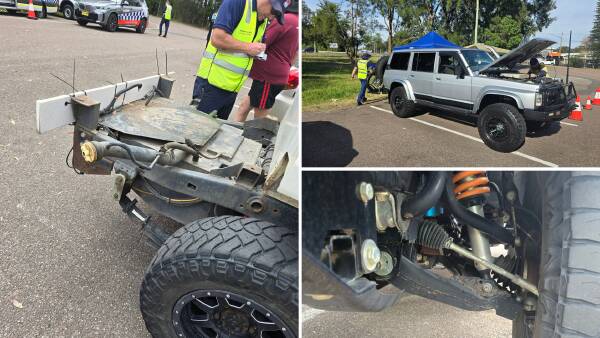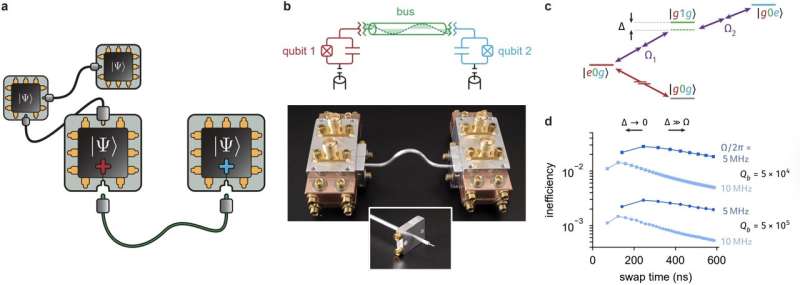Researchers at the University of Illinois at Urbana-Champaign have introduced a groundbreaking modular quantum architecture designed to enhance the scalability of superconducting quantum processors. Published in Nature Electronics, this innovative approach aims to create fault-tolerant quantum systems capable of addressing complex real-world problems by efficiently managing errors during computations.
Quantum computers harness the principles of quantum mechanics to perform computations that, in some instances, surpass the capabilities of classical computers. Despite significant advancements over the past few decades, effectively scaling these systems while ensuring reliable error correction has proven difficult.
Modular Architecture for Quantum Computing
The proposed system consists of multiple independent modules, or superconducting qubit devices, interconnected through a low-loss interconnect. This configuration allows for the formation of larger quantum networks while maintaining the necessary quantum conditions for long-term computations. As Wolfgang Pfaff, the senior author of the study, explained, “The starting point for this study was current insight in the field of superconducting quantum computing that we will need to break out processors into multiple independent devices—an approach we call ‘modular quantum computing.’
This methodology has gained traction within the scientific community, with major companies like IBM exploring similar paths. The researchers aimed to develop an engineering-friendly interconnect to facilitate the connection of quantum devices while minimizing signal degradation and energy loss.
Pfaff elaborated on their approach, saying, “Very simply speaking, our approach entails the use of a high-quality superconducting coaxial cable called a bus-resonator.” The qubit is capacitively connected to this cable using a custom connector designed to position the cable within sub-millimeter precision of the qubit. This setup enables efficient gate operations between the qubit and the cable, ultimately allowing for operations involving multiple qubits connected to the same cable.
Advantages of the New System
The researchers’ system demonstrates distinct advantages over traditional methods for scaling quantum technologies. Initial tests revealed that it robustly connects superconducting quantum devices, allowing for disconnection without causing damage, all while preserving the integrity of quantum gates. Pfaff noted, “Using our approach, I think that we have opportunities to build reconfigurable quantum systems from the bottom up, with the option to over time ‘plug in’ more processor modules to a network of quantum devices.”
Looking ahead, the team is focused on expanding their network capabilities. They are exploring designs to increase the number of interconnected elements and working to address potential losses within the system. Furthermore, they aim to ensure compatibility with quantum error correction techniques, crucial for enhancing the reliability of quantum computations.
This research marks a significant advancement in the quest for scalable quantum computing solutions, reinforcing the importance of modular designs in the ongoing development of quantum technology.
For more detailed information on this study, refer to the article published by Michael Mollenhauer et al in Nature Electronics.





























































